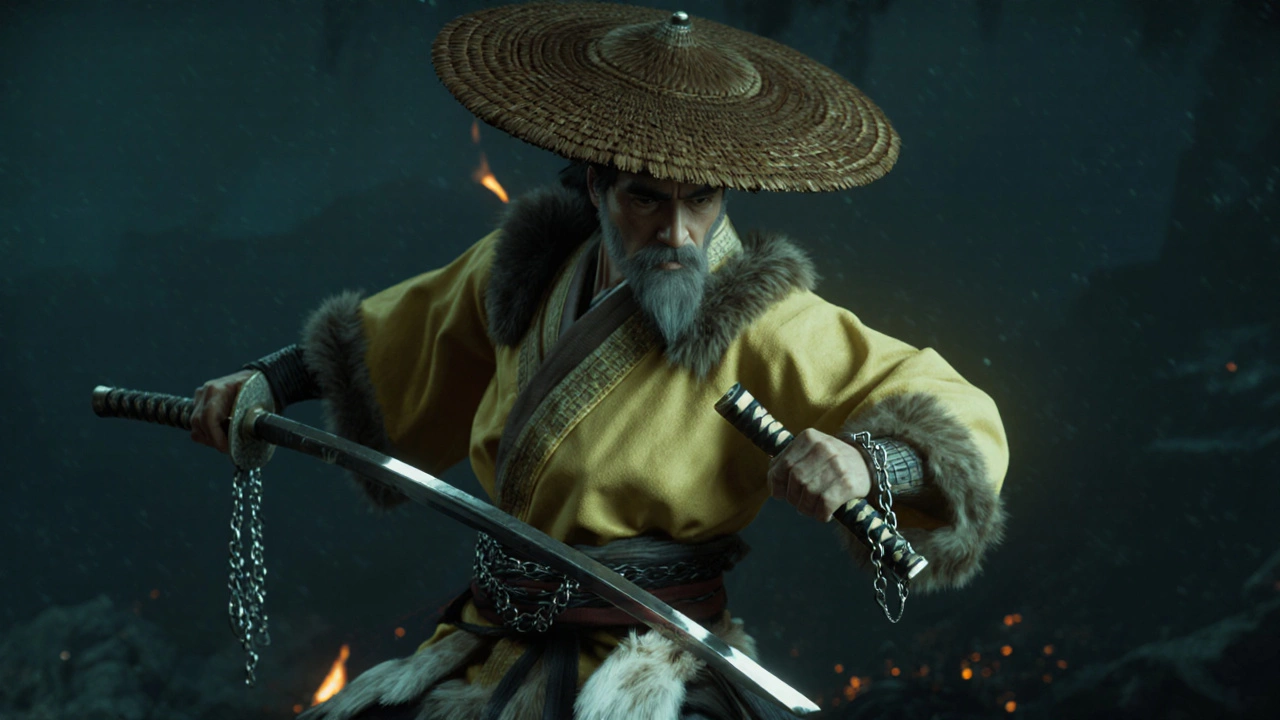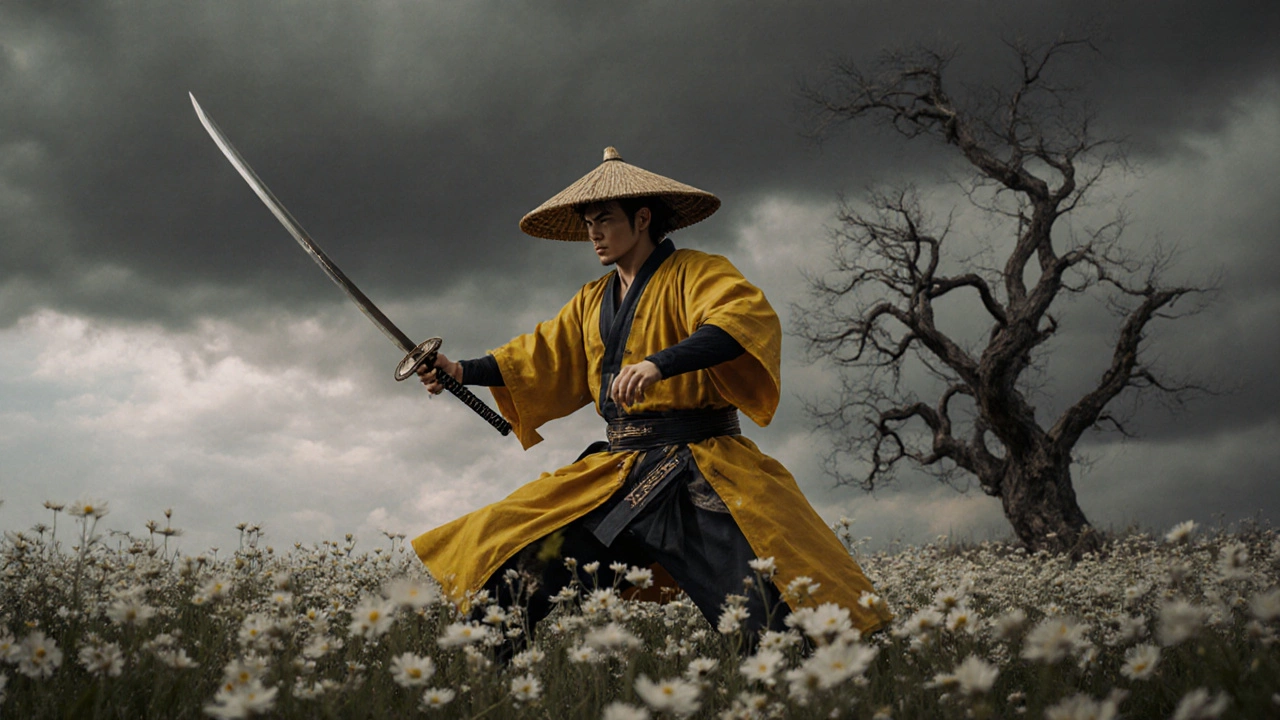
Imagine testing a game that never crashes, even while its core combat is being rewritten over and over. That’s the claim former PlayStation chief Shuhei Yoshida made on the Easy Allies podcast when he talked about Sucker Punch’s next big hit, Ghost of Yōtei. For a title still in development, that kind of stability is almost unheard of, and it tells a lot about how the studio works.
Why Early Stability Matters
Most studios release early builds that are riddled with glitches, memory leaks, and performance hiccups. Those issues are usually a sign that the team is still figuring out the basics. Sucker Punch, however, seems to have flipped the script. Yoshida said the game felt "kind of bug‑free" from the start, even though the developers were tweaking the battle system constantly.
In practical terms, a stable build means designers can focus on creativity rather than firefighting. When the engine isn’t blowing up, level designers can experiment, narrative writers can test pacing, and animators can fine‑tune moves without waiting for a patch. It also speeds up feedback loops – Yoshida could walk into the studio, pick up a controller, and get a playable experience that actually worked.
The technical backbone behind this reliability likely involves disciplined version control, automated testing, and a culture that prioritizes clean code. Sucker Punch has a history of delivering polished titles like Ghost of Tsushima, and their internal pipelines have probably matured to a point where they catch most regressions before a build even reaches a tester.
Another perk of such stability is morale. Teams that don’t have to constantly debug feel more ownership over the product. It’s no accident that both Sucker Punch and Naughty Dog, the studio behind The Last of Us, get repeated shout‑outs from Yoshida for making games that "feel right" – they’re not just slick in graphics, they’re smooth under the hood.

What Yoshida’s Praise Means for Players
For gamers, Yoshida’s comments translate into confidence that the final product will run smoothly out of the box. No one wants to buy a game only to spend hours chasing crashes or fixing broken save files. The fact that the producer invited Yoshida to test the game multiple times suggests they’re actively seeking external validation, a sign that quality control is a top priority.
His remarks also hint at a user‑experience focus. When Yoshida says the game "always felt great" despite major combat overhauls, he’s highlighting that the feel – the responsiveness of controls, the weight of each sword swing – stayed consistent. That kind of tactile continuity is what many players remember years after a game launches.
From a market standpoint, a reputation for technical polish can boost pre‑order numbers and generate buzz on launch day. Early reviewers will have less to complain about, and word‑of‑mouth can spread faster when players share that "the game just works."
Finally, the broader industry can take a cue. If more studios aim for this level of early stability, the overall quality of AAA releases could climb, saving both developers and consumers time, money, and frustration.
- Stable early builds mean faster iteration cycles.
- Polished user experience reduces post‑launch patches.
- Positive early feedback builds consumer trust.
- Sets a new benchmark for development best practices.
All told, Yoshida’s endorsement is more than a compliment – it’s a window into a development philosophy that could reshape expectations for next‑gen games. If Ghost of Yōtei lives up to the promise, we might be witnessing a turning point where bug‑free isn’t a rare after‑thought but a foundational promise.
Leave a comments